Introduction: The Age of Synthetic Reality
We used to say, “Seeing is believing.” But in 2024, that phrase feels dangerously outdated. With the rise of deepfakes and AI-generated news, what we see, hear, and even read online may no longer be real. Videos of politicians saying things they never said, AI-generated anchors delivering fake news, and articles crafted entirely by artificial intelligence—all of this is happening now, shaping public opinion, influencing elections, and making it harder than ever to separate truth from fiction.
If you’ve ever come across a video that seemed too bizarre to be real, a news article that felt off, or an image so convincing that it shook your understanding of reality, you’ve encountered the effects of AI misinformation. But how do we spot the fakes in an era when AI is getting better at fooling us? And more importantly, how do we fight back?
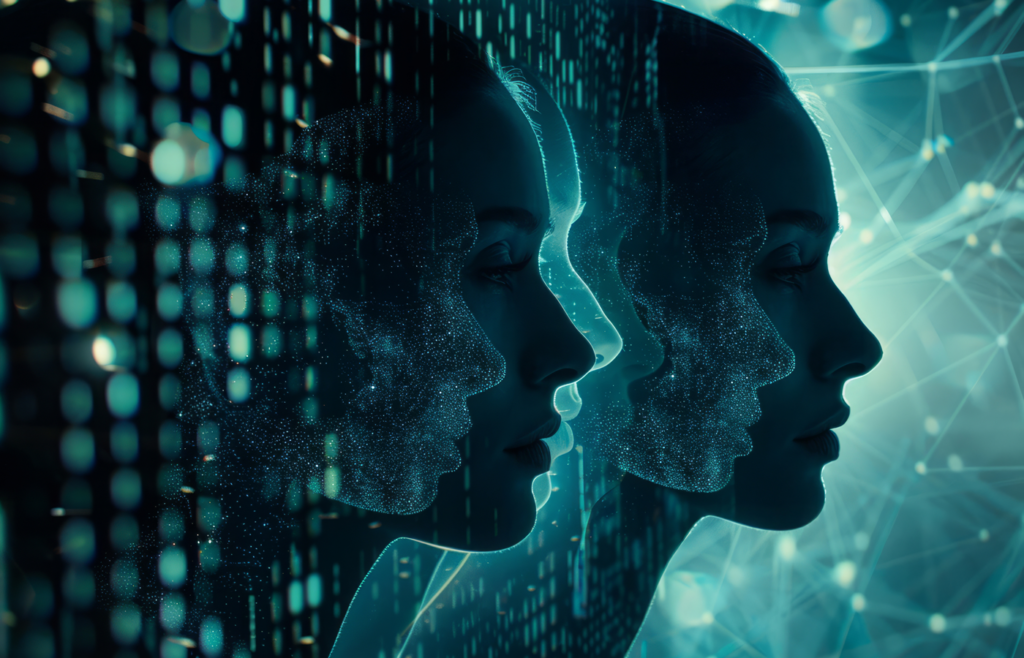
The Rise of Deepfakes and AI News: The Numbers Don’t Lie
Deepfake technology and AI-generated content have exploded in recent years, with staggering statistics that show just how widespread the issue has become.
Key Statistics on Deepfakes and AI-Generated Misinformation
| Category | 2019 | 2022 | 2024 (Projected) |
|---|---|---|---|
| Number of Deepfake Videos Online | ~15,000 | ~500,000 | Over 2 million |
| Percentage of Internet Users Who Have Seen a Deepfake | 3% | 28% | 50%+ |
| AI-Generated News Articles Published Daily | ~100 | ~10,000 | ~100,000+ |
| Reported Cases of Political Deepfakes | 5 | 70+ | Over 500 |
- A 2023 report from Deeptrace Labs found that 90% of deepfakes online were used for deceptive purposes.
- Facebook and Twitter have reported that AI-generated disinformation skyrocketed by 400% between 2020 and 2023.
- A 2024 study by MIT found that fake news spreads six times faster than real news on social media.
With deepfake videos and AI-generated news becoming more sophisticated and accessible, the question isn’t if you’ll encounter misinformation—it’s when.
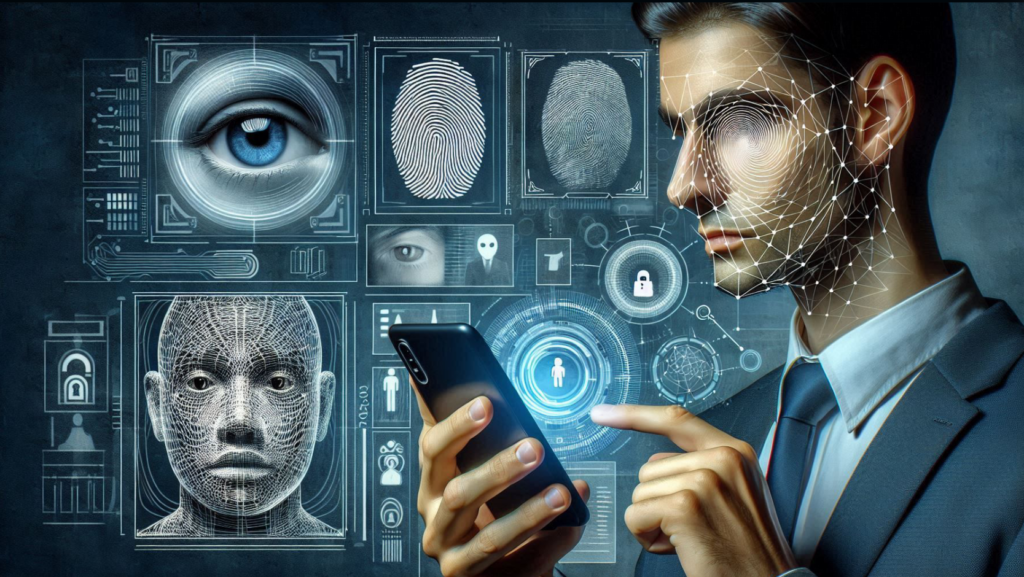
How to Spot Deepfakes and AI-Generated News
Thankfully, AI is not perfect—yet. While deepfake creators and AI-generated content farms are improving, there are still telltale signs that content is artificially generated. Here’s how to identify misinformation before it spreads:
1. Look for Visual Inconsistencies in Videos and Images
Deepfake videos are getting eerily realistic, but they still struggle with certain human characteristics. When watching a suspicious video, look out for:
- Unnatural blinking or a lack of blinking (some AI struggles to mimic realistic eye movement).
- Glitches around the mouth and jawline (especially during speech).
- Odd lighting and shadows that don’t match up with the background.
- Lips that don’t perfectly sync with the audio.
▶ Example: In 2020, a deepfake of Tom Cruise went viral, showcasing how AI could flawlessly replicate his face—except for minor inconsistencies in blinking patterns and speech sync.
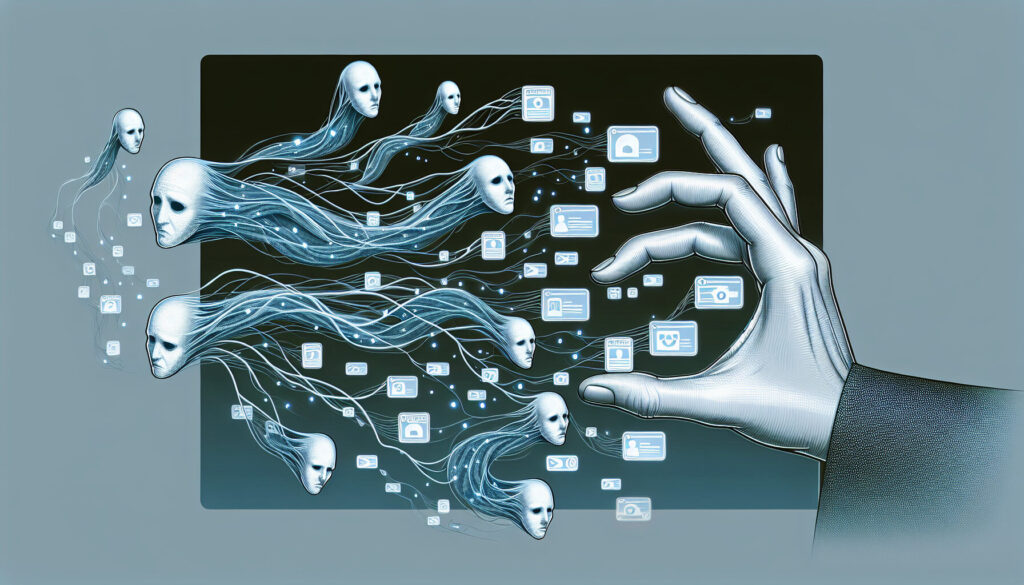
2. Reverse Image Search to Verify Authenticity
Many AI-generated fake news articles use stock images or completely AI-generated faces. If you suspect an image may not be real:
- Use Google Reverse Image Search or tools like TinEye to see where else the image appears.
- Check for signs of AI generation, such as unrealistic skin texture, mismatched earrings, or asymmetrical facial features.
▶ Example: The website “This Person Does Not Exist” generates hyper-realistic fake faces using AI—yet careful scrutiny reveals minor distortions.

3. Analyze the Writing Style of News Articles
AI-written news articles often lack human nuance and editorial oversight. Be skeptical if you notice:
- Overuse of certain words or phrases, making the text sound repetitive.
- Generic, fact-free statements that lack specific sources.
- Strange sentence structures that feel slightly off, like a robot trying to mimic human speech.
▶ Example: In 2023, a scandal erupted when AI-generated news articles about a political scandal were published across multiple sites, each repeating eerily similar phrases.

4. Cross-Check with Credible Sources
One of the easiest ways to verify a suspicious claim is to see if reputable sources are reporting the same news:
- Check multiple trusted news outlets (BBC, Reuters, AP, etc.).
- Compare details—if one report contains vastly different “facts” from the others, it may be unreliable.
- Beware of websites with no clear authorship or sources.
▶ Example: In 2022, an AI-generated “breaking news” story falsely claimed a major celebrity had died. The rumor spread rapidly—until reputable news sources debunked it.
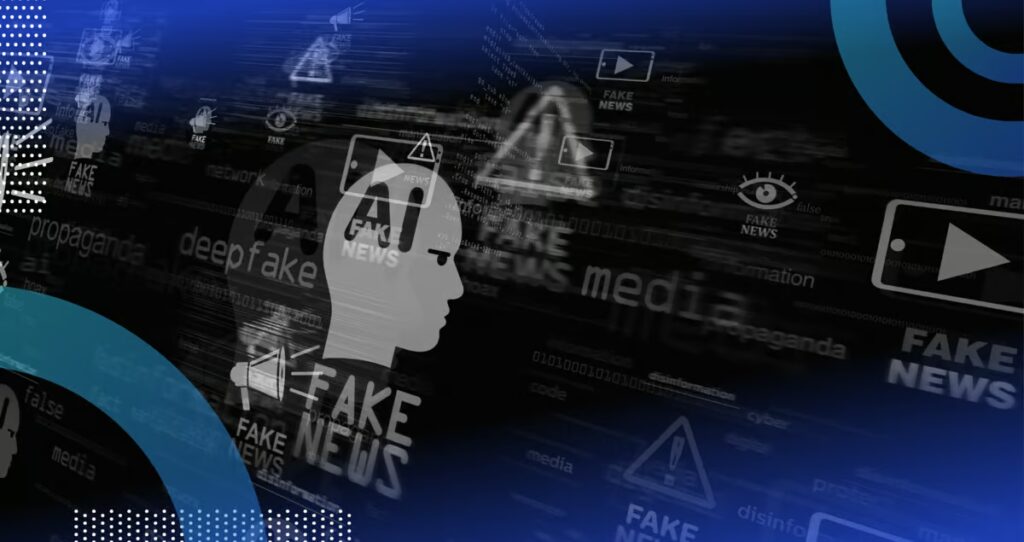
5. Scrutinize the Source and URL
- AI-generated fake news often comes from imitation websites, designed to mimic real news outlets.
- Look for misspellings, odd domain extensions (.info, .buzz, .news), and sites with no history of credibility.
▶ Example: A deepfake news site “CNNBreaking.info” fooled thousands into believing a fabricated political scandal.

The Fight Against AI Misinformation
While deepfake creators and disinformation campaigns are evolving, so are the tools designed to combat them. Governments, tech companies, and researchers are fighting back with AI detection models and digital verification strategies.
Current Efforts to Combat AI-Generated Misinformation
| Initiative | Organization | Impact |
|---|---|---|
| Deepfake Detection AI | Facebook & Microsoft | Removes fake videos before they spread |
| Media Forensics (MediFor) | DARPA | Analyzes images for AI tampering |
| Twitter’s Community Notes | Allows users to fact-check viral misinformation | |
| Blockchain Verification | Various startups | Encrypts real media for authenticity |
Tech companies are working on AI that detects AI-generated content, but it’s still a cat-and-mouse game—as detection improves, so does deception.
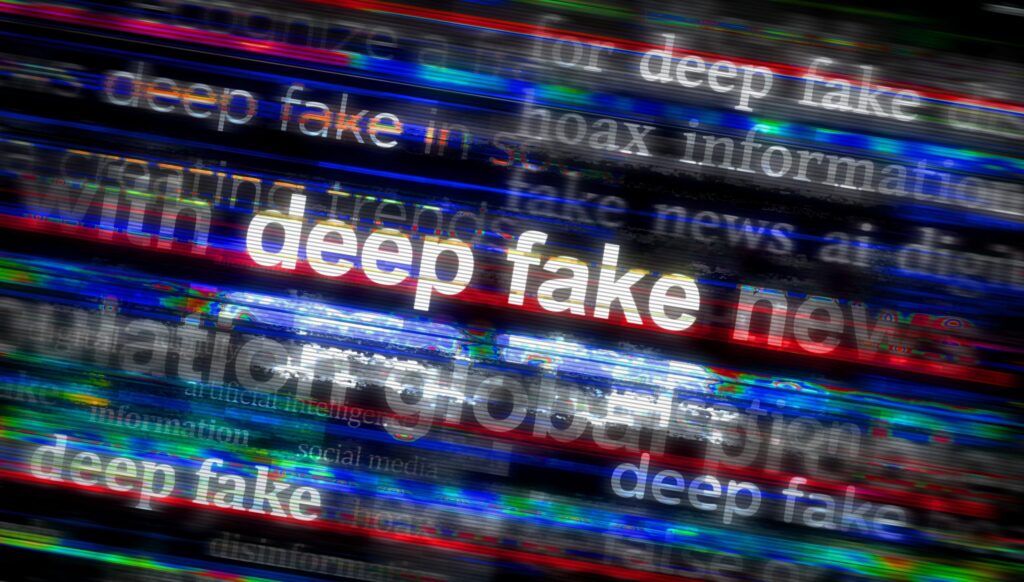
Conclusion: Stay Skeptical, Stay Vigilant
Misinformation is evolving at an alarming rate, and AI is at the center of it. Deepfake videos, AI-generated news, and algorithm-driven misinformation are shaping how people see the world—and that’s a terrifying thought.
The best defense? Awareness. Critical thinking. Fact-checking. Don’t take viral videos at face value. Question sources. Be skeptical of anything that seems too outrageous, too perfect, or too shocking to be real.
AI isn’t going away—but neither is human intelligence. The future will belong to those who can outthink the algorithms, separate fact from fiction, and refuse to be manipulated.
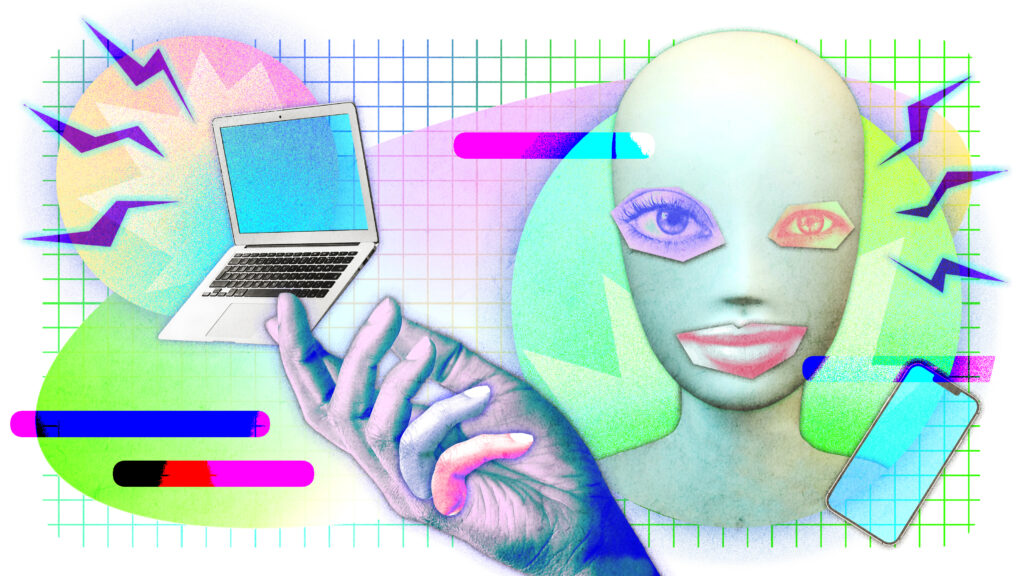
What Do You Think?
Have you ever fallen for an AI-generated news story or deepfake? What’s your strategy for spotting misinformation? Join the discussion below!

